By Miva | October 30, 2021
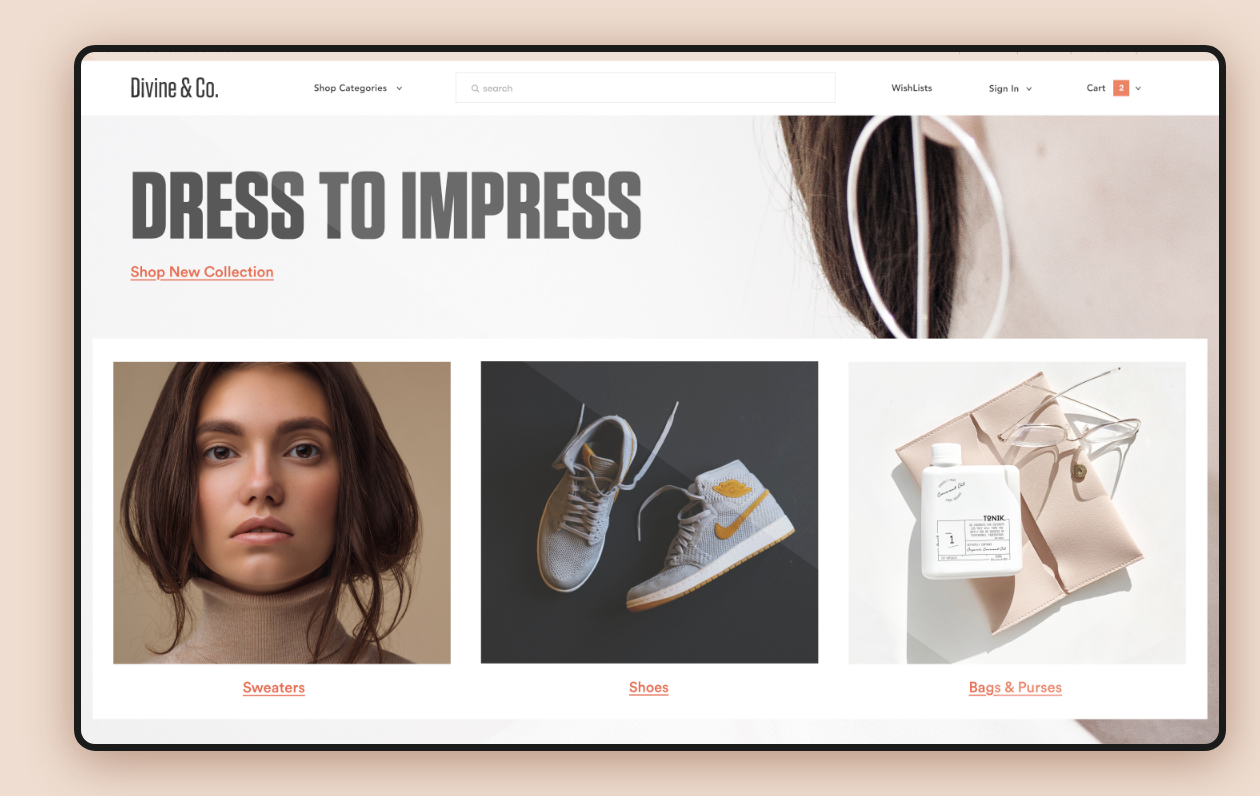
See why top ecommerce brands use Miva’s no-code platform to run
multiple stores, manage massive catalogs, and grow their revenue.
For your fashion ecommerce business to stand out from the competition, you will need to improve your online visibility. A sound, user-focused SEO strategy is key to elevating your position on search engines and can enhance your fashion site’s user experience.
In this article, we discuss five things you need to do to improve your fashion SEO and user experience, from tightening up your technical SEO to leveraging proven tactics to reach and engage savvy shoppers.
SEO is important for fashion ecommerce because it keeps customers on your site and browsing your fashion products. To elevate their SEO, online sellers should focus on making their on-site experience as search-friendly as possible. A good site experience, combined with technical SEO, helps you to rank higher, attract the right traffic, and convert visitors into customers.
A user-friendly website keeps shoppers engaged because it makes it easy for users to browse your site for fashion products and find what they need. If users spend more time on your site, it sends a positive signal to Google that your site is relevant to users. As a result, you’ll rank better in search results and continually drive more traffic to your business.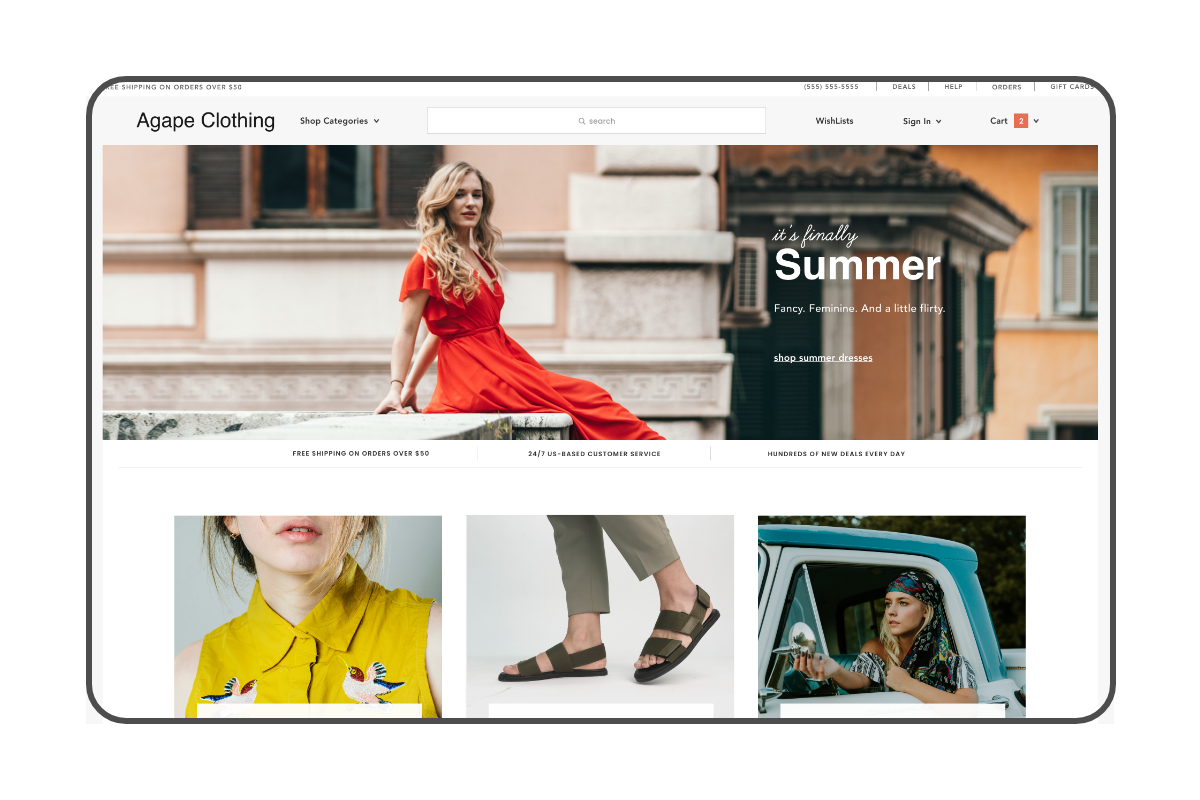
Make sure your on-page copy is descriptive, clear, and informative. Create more trust on your website by including social proof like testimonials, customer reviews, and user-generated content. Make sure customers can find exactly what they’re looking for with clear site navigation, logical page structure, and product search.
Creating excellent content should be a top focus when improving your site’s SEO. However, having a strong technical foundation can help solidify and boost your visibility. The foundation of your site should include:
SEO tools can help make the process of research, optimization, and user tracking easier. Some SEO tools include:
In ecommerce, the best practice for SEO is to prioritize long-tail keywords over short-tail keywords. However, to keep up with the pace of the fashion industry, fashion sellers need to take this a step further by aligning their keywords with market trends.
By combining keywords with what’s currently trending, your site captures both clear search intent and in-the-moment buzz. Being agile with your site and providing fresh content to take advantage of these trends is key to improving your visibility and catching customer attention.
Use Google Trends to identify keywords that are currently trending or will be trending. Proper research will help determine keywords that will drive traffic to your site.
The fashion market moves fast, and so should you. The modern fashion shopper is searching for buzzing trends, quality items, and celebrity and influencer endorsements. To keep your site SEO in top shape, you’ll need to react quickly to emerging trends in fashion, including:
Being found in the SERPs when searchers are looking for your exact articles of clothing is the key to fashion ecommerce success. That process, keyword research, starts with understanding which words and queries your target customers are typing when they need something you might be able to sell to them. Keyword research is critical to developing an SEO strategy to drive more direct sales and traffic to your site.
Keyword research involves searching for topics and keywords that your prospective customers might be typing into search engines. Then, it’s about creating quality content tailored toward those topics and keywords, which increases organic website traffic. You’ll want to consider things like:
As a fashion merchant, you may be selling multiple variations of certain apparel and accessory items. If your site supports dedicated pages for each and every product variation, you could be inadvertently competing against yourself for keyword rankings.
Avoid cannibalizing your SEO by grouping your fashion items into distinct, searchable categories. Build your product categories into your website navigation, link the pages to each other, and implement unique product descriptions, copy, and keyword data.
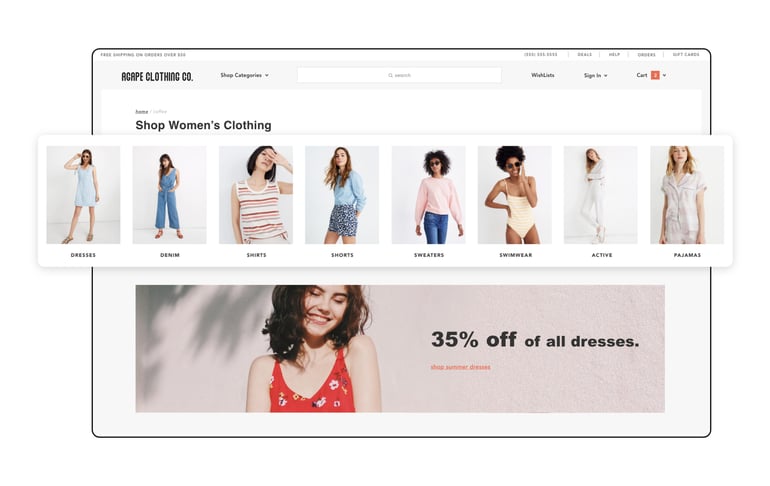

Fashion is all about making an impression. Ecommerce takes this a step further, striving to turn impressions into conversions. Having top billing in the search results isn’t worth much if your site doesn’t convince visitors to take the next step towards making a purchase. This is where your site content comes into play.
High-quality, relevant content is one of the best ways to keep prospective customers invested and moving forward. Fortunately, the fashion industry offers limitless avenues for engaging content.
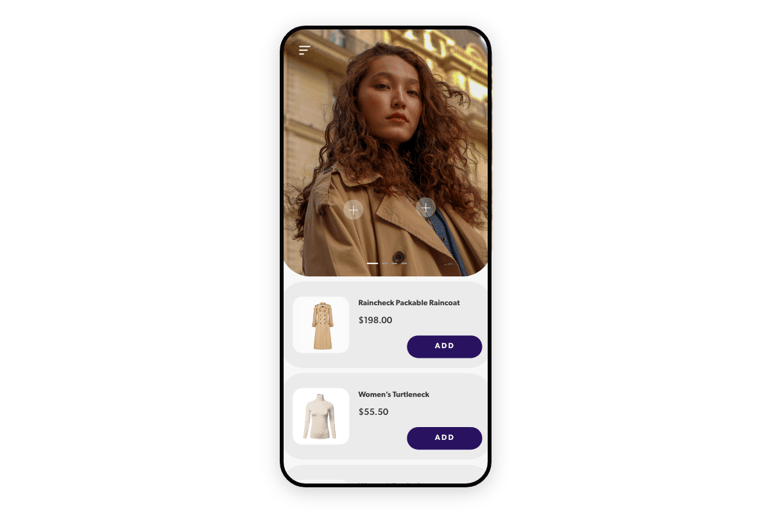
As a fashion ecommerce company, you must use visuals to help you showcase your products to your audience. Images and compelling videos go a long way toward building trust and impressing customers.
Useful blogs and trend reports can all help boost your brand authority.
Great content also makes your site more likely to receive valuable links from industry blogs and other fashion-related sites. This, combined with an improved user experience from high-quality content, directly impacts your ranking on search engines.
Social media is a valuable channel for fashion businesses to interact with their prospective and current customers, create viral content, and build an active online community. A social media presence allows you to establish your brand voice and to map out your messaging in a consistent plan. Over time, your ideal customers develop interest not only in your products or services but also in you as a business. A social media presence aids SEO by boosting engagement and bringing new readers and traffic to your website.
The fashion industry is focused on visuals. You can use social networks to curate content that supports your brand image, encouraging awareness, and communicating your fashion business’ unique value and style. Some of the most popular social platforms for fashion include:
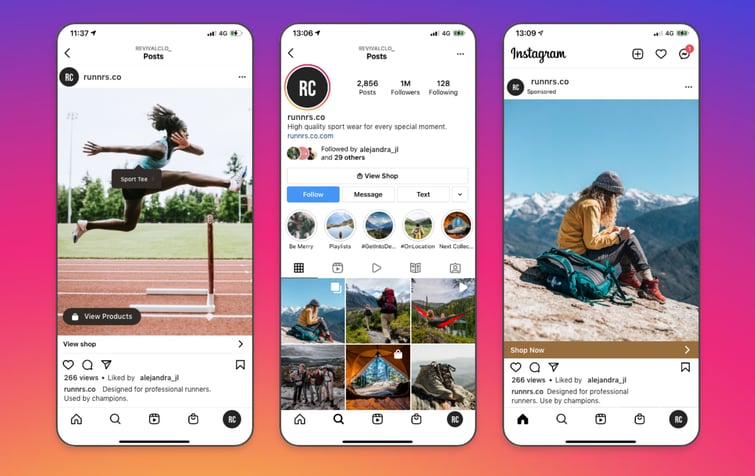
Prospective fashion customers want to see reviews from their peers, detailed testimonials, case
studies, and other forms of social proof before committing to a purchase. If you have user-generated content, put it to use on your site. Consider reaching out to your customers and offering incentives for their reviews, feedback, and social media interactions.
SEO is not a set-it-and-forget-it deal. It’s important to regularly use your analytics and website tools to track how users are interacting with your website and discover things that need improvement. Consider using tools like Google Analytics’ UTM trackers to monitor where users are coming from and heat map generators to see how shoppers interact with your website.
Making regular, data-driven enhancements to your user experience helps boost conversion rates and increases the time visitors spend on your page. This increase in time on page (and decrease in bounce rate) signals to search engines that your site should rank well. In addition, the modern shopper is accustomed to seeing exactly what they’re looking for within seconds of landing on a page. If you want to keep visitors around, your site needs to be accessible, highly navigable, and user-friendly.
An increasing amount of online purchases are made via mobile devices, and Google has been ranking based on responsiveness for years. If you want to rank competitively and stay relevant, you will need an ecommerce platform and site design that can adapt to use on mobile devices.
While your online fashion site may already be carrying the latest trends, a solid SEO strategy and user experience will help keep your business in style.
To gain traction and visibility, you will need trend-driven keywords, intuitive site navigation, distinct product categories, and high-quality content to showcase your brand and improve the user experience. These will influence your website’s ranking, generating traffic to your brand and helping you to keep up with the blazing speed of the industry.
This blog was originally published on February 6, 2020 and updated on October 29, 2021.
Love it? Share it!
No worries, download the PDF version now and enjoy your reading later...
Download PDF Miva
Miva
Miva offers a flexible and adaptable ecommerce platform that evolves with businesses and allows them to drive sales, maximize average order value, cut overhead costs, and increase revenue. Miva has been helping businesses realize their ecommerce potential for over 20 years and empowering retail, wholesale, and direct-to-consumer sellers across all industries to transform their business through ecommerce.
Visit Website